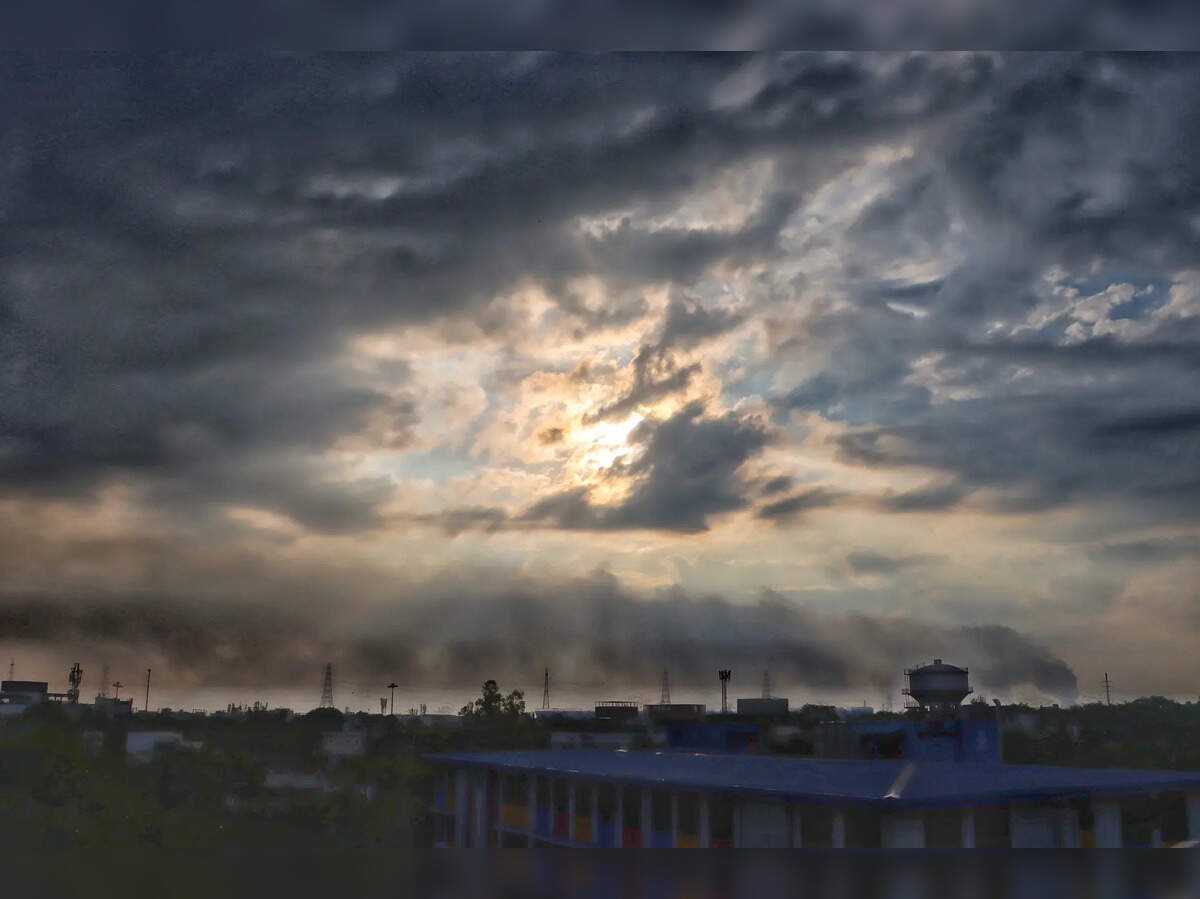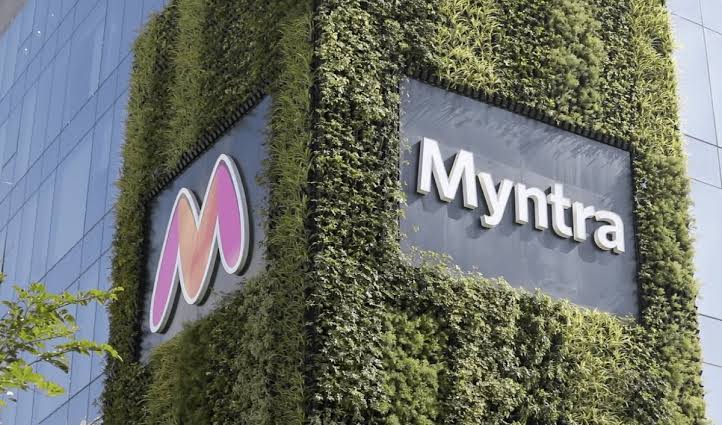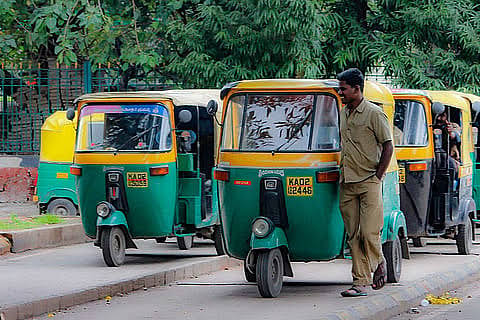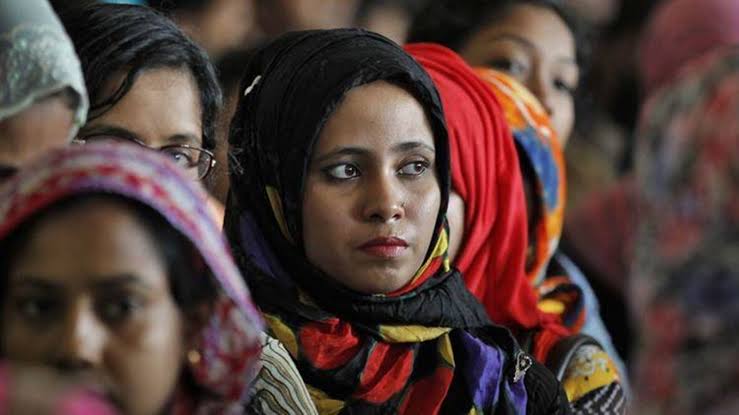
Follow WOWNEWS 24x7 on:
Updated: June 30, 2025 21:16

In a landmark initiative to combat chronic air pollution, Delhi is set to witness its first-ever artificial rain through cloud seeding between July 4 and 11, 2025. Spearheaded by the Delhi Environment Department in collaboration with IIT Kanpur and the India Meteorological Department (IMD), the project aims to clear the capital’s smog-choked skies using science-backed weather modification.
Here’s a detailed breakdown of the operation, the science behind it, and what it means for Delhi’s environmental future.
Key Developments and Operational Plan
- The project, titled Technology Demonstration and Evaluation of Cloud Seeding as an Alternative for Delhi NCR Pollution Mitigation, will involve five aircraft sorties over northwest and outer Delhi
- Each sortie will last approximately 90 minutes and cover around 100 square kilometres of low-security airspace
- The operation will use modified Cessna aircraft equipped with flare-based systems to disperse a scientifically formulated mix of silver iodide nanoparticles, iodised salt, and rock salt
- The total cost of the trial is estimated at Rs 3.21 crore, with IIT Kanpur submitting the flight plan to IMD Pune for technical coordination
What Is Cloud Seeding and How Does It Work?
- Cloud seeding is a weather modification technique that enhances precipitation by introducing seeding agents into moisture-laden clouds
- These agents act as condensation nuclei, encouraging water droplets to form and grow heavy enough to fall as rain
- Common seeding materials include silver iodide, potassium iodide, dry ice, and sodium chloride
- The method is used globally to combat drought, reduce hail, improve snowfall, and in this case, cleanse the air of pollutants
Why Delhi Is Turning to Artificial Rain
- Delhi’s air quality has consistently ranked among the worst in the world, with PM2.5 and PM10 levels frequently breaching safe limits
- Natural rainfall is known to reduce airborne pollutants by washing out particulate matter and gaseous toxins
- The artificial rain initiative is seen as a last-resort intervention to provide temporary relief during periods of severe pollution
- The project is being conducted under the leadership of Chief Minister Rekha Gupta and Environment Minister Manjinder Singh Sirsa, who emphasized the government’s commitment to exploring every possible solution
Contingency and Future Outlook
- Weather conditions are not expected to be suitable until July 3, but an alternative flight window has been proposed in case of delays
- The Directorate General of Civil Aviation (DGCA) has been approached for necessary airspace and safety clearances
- If successful, the trial could pave the way for future deployments during peak pollution seasons, particularly in winter
As Delhi prepares for this pioneering experiment, the artificial rain trial represents a bold fusion of science and policy—one that could redefine how urban India tackles its most persistent environmental crisis.
Sources: Times of India, CNBC-TV18, News18, NDTV, June 30, 2025






